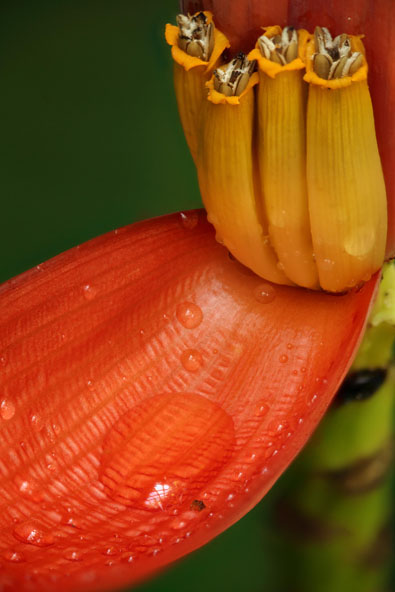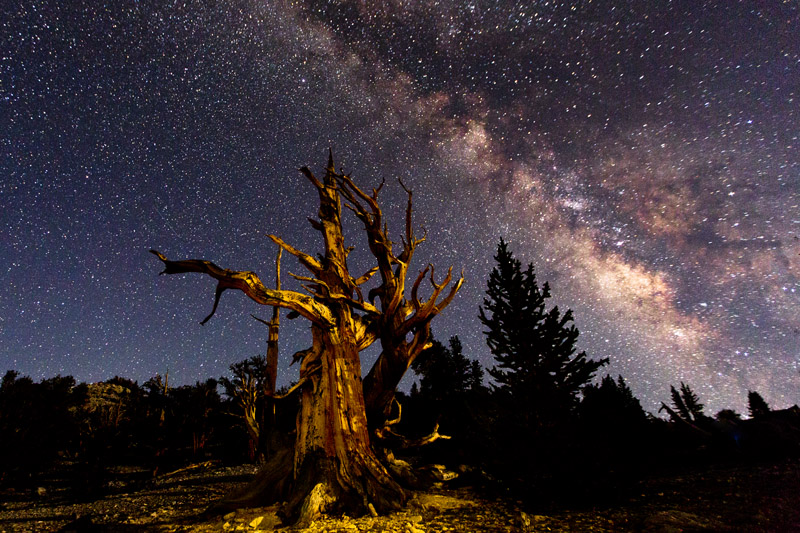DEPTH OF FIELD IMAGE STACKING SOFTWARE - ZERENE STACKER VS. HELICON FOCUS
The numbers of and advancements in specialty software programs for working on digital files has exploded in the last several years. These plus all of the different plug-ins and filters available have made post production work a key component of photography. As much as I am more of a traditionalist when it comes to photography - I wish we were still with film - I continue to explore some of the different options out there and how it can expand the possibilities of the world of photography to the point that shots that were only a dream a few years ago are easily doable today. With having an outlet to let others know of the different programs out there, I'm able to get comp copies to then test, compare and let people know what I think of the programs.
Case in point here being depth of field focus stacking. After getting copies of two different focus stacking programs - Zerene Stacker and Helicon Focus - I put both of them to the test to see how they compared with each other on the same image. For the test, I did no processing work to any of the files either before processing or after creating the composite. No sharpening, no color adjustments, no anything in order for it to be a true test of what the two programs would produce.
After creating the two images of this first test I posted them on my two Facebook pages and asked people which program they think did a better job with the stack. I got quite a few responses and some good comments. As with everything in photography there was a difference of opinion about which one people like better just because art is very subjective and what one person likes better is not what someone else likes better. But, the overwhelming majority of the votes went with the file produced by Zerene Stacker. Reasons ranged from the crispness to the brightness to the contrast. One person who liked the Helicon Focus result said it was because the sun stars were not as pronounced.
Helicon Focus  Zerene Stacker |
Specifics of the shot - The image was taken during my Colorado fall color workshop and consisted of 15 different shots, each one with the focus point just a little bit behind the previous image starting with the closest edge of the leaf back through the last somewhat large drop on the vein in the top center. The only processing done after shooting was to convert each of the RAW files to JPEG as this is what the two programs work best with. When doing a shot such as this, it's best to work from front to back with your focus as the algorithms in the programs does a better job than with focuses that bounce back and forth.
In my opinion, I think I also like the image produced by Zerene Stacker over the one from Helicon Focus, even though I think the sun stars are better in the Helicon Focus file. I think there's just bit more crispness to the Zerene Stacker and I believe it did a better job with the rendering of the color. Helicon Focus is the first of the two programs to have hit the market and if you have that and are pleased with the results it has given I wouldn't go out and buy a copy of Zerene Stacker to replace it as it does a good enough job. But, if you are in the market for a focus stacking program, take a close look at the results here and make your own decision. In the future, I'll probably lean more towards the Zerene Stacker for doing composite shots such as this.
I want to do a test of a landscape shot with using multiple focus points rather than trying a hyperfocal shot and see how the two compare, but for the macro shots, I think I'll stick with Zerene Stacker.
In another test between the two programs that did not go out for opinions on Facebook, the shots below consisted of 19 images again with no processing done pre- or post-merging. As with the first example, I think the Zerene Stacker program did a much better job in terms of crispness and overall quality. Much sharper and better color representation.
Helicon Focus |
 Zerene Stacker |
PROGRAM INFO - Zerene Stacker is available at http://zerenesystems.com/cms/home and is available in three different versions - Professional Edition ($289) is for people who use Zerene Stacker to make money and provides access to the software's most advanced technical features and extended access to our support staff. Prosumer Edition ($189) is the flagship product for non-professional users. It includes the advanced technical features from Professional Edition, but at a reduced price for advanced consumers. Personal Edition ($89) is their entry-level product. It contains all the features needed for basic applications, plus free trials of the advanced Pro-only features. There is a good online tutorial for getting started using the program.
Helicon Focus is available at http://www.heliconsoft.com/ and also has three versions along with either yearly or unlimited licenses. It is available with Pro ($200) and Premium ($240) licenses that also include Helicon Remote and Helicon Focus Lite ($115) which doesn't include this. Prices reflect the unlimited license. There is not an online tutorial for this as there is with Zerene Stacker.
Both programs are very intuitive to use and have extra features for fine tuning and making adjustments. If you enjoy doing macro work and want to get some fine details throughout a focus range, you can't go wrong with spending the money these programs cost for having a good bit of fun and growing with your photography.



